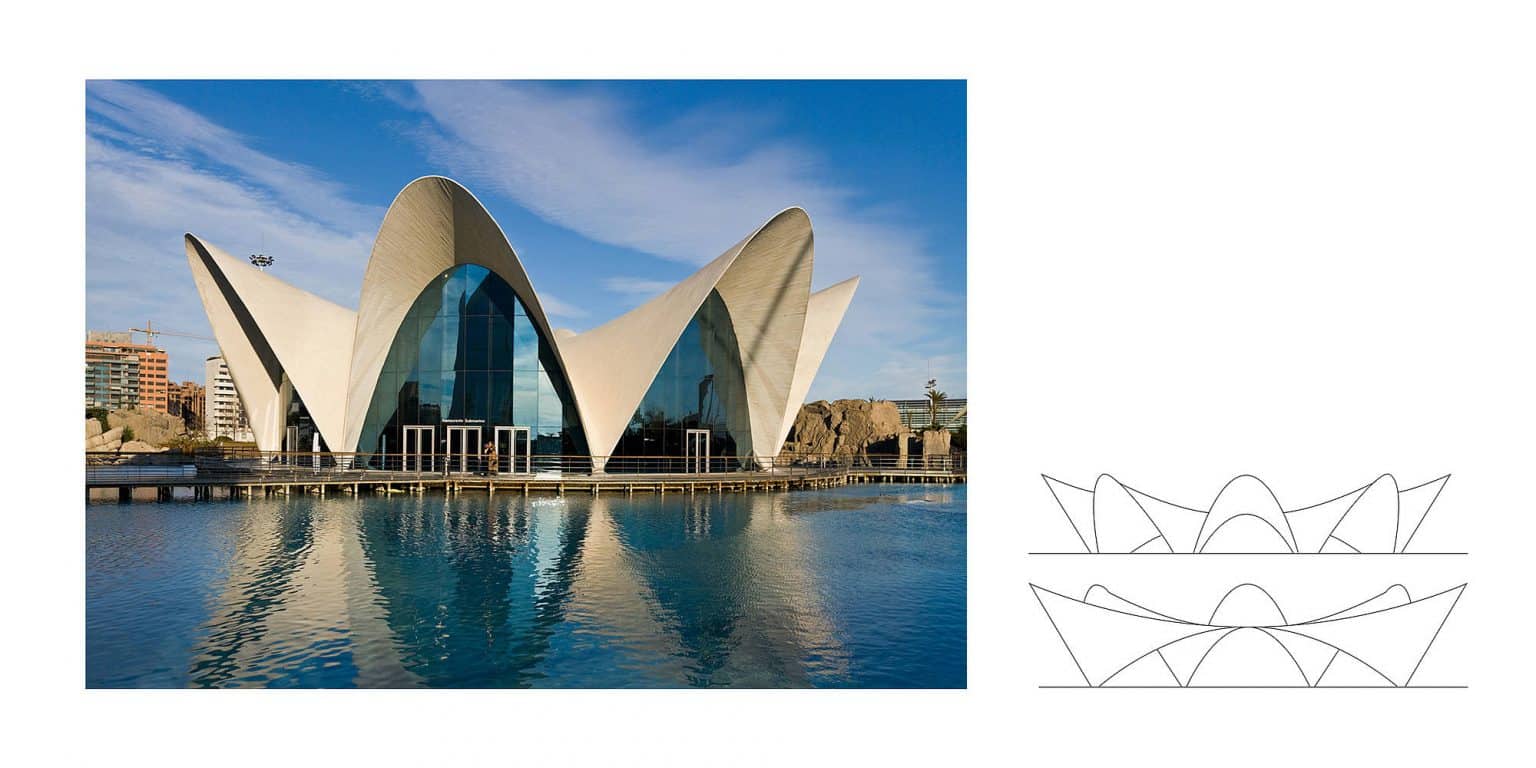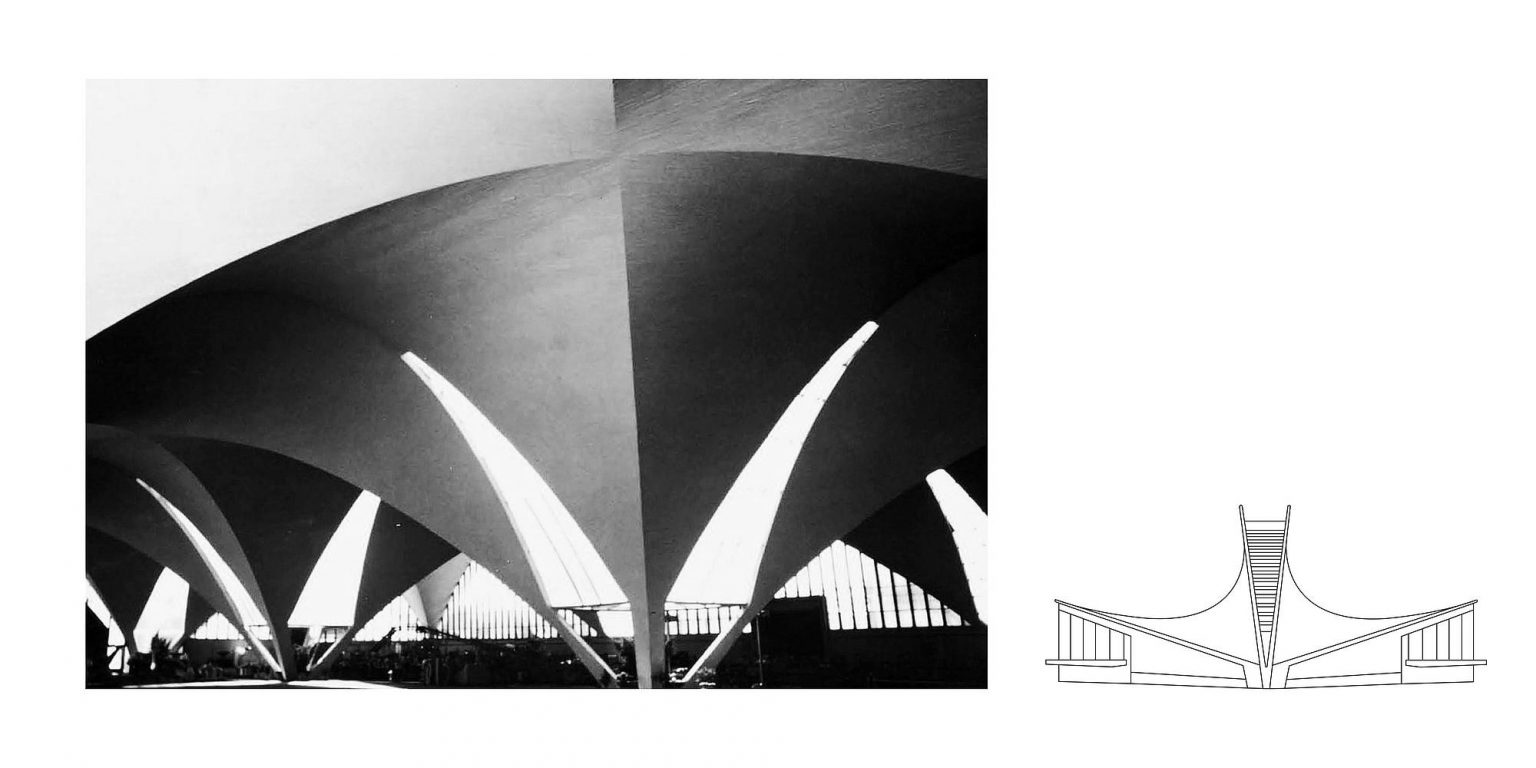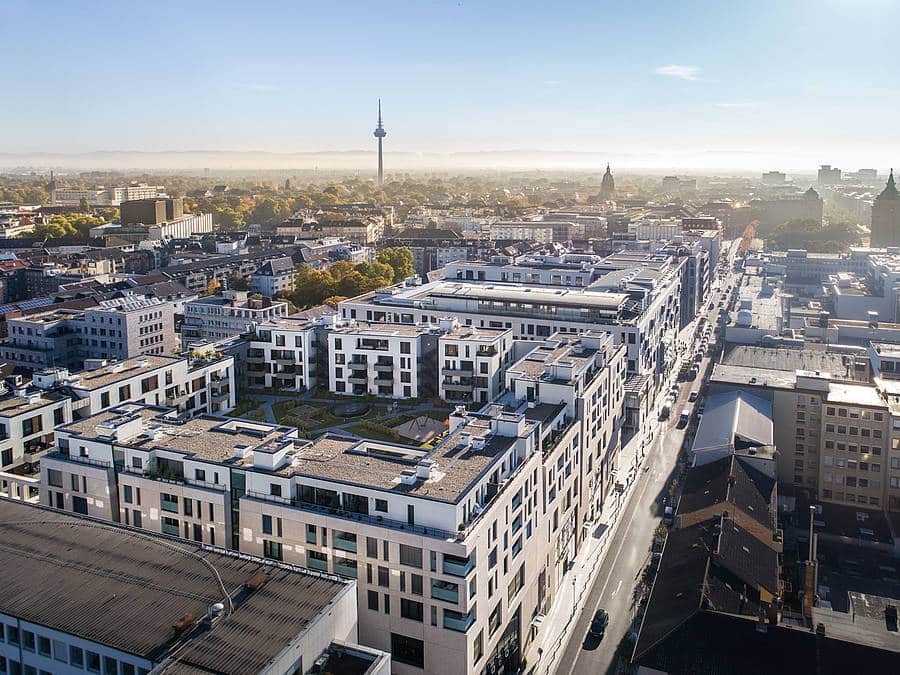
Stories
The man who made waves
Félix Candela was an architect, but his real passion was engineering. He perfected the hyperbolic paraboloid (hypar) roof, and used it to create groundbreaking buildings of breathtaking lightness and elegance.
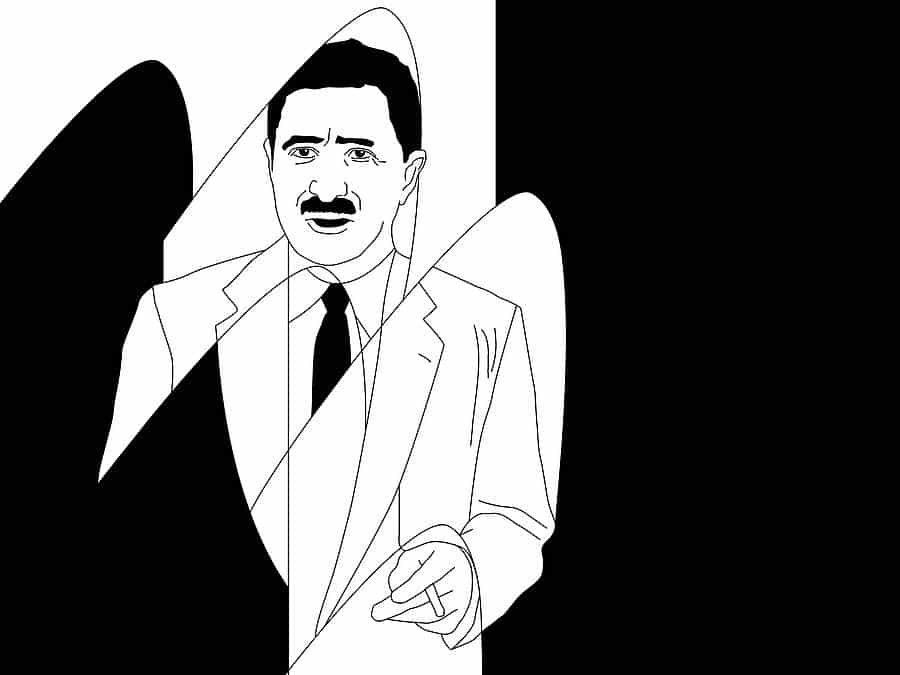
His talent almost went untapped: when Félix Candela came to choosing a career, he was undecided. A friend of the family told him about the profession of architecture, and so the young Spaniard signed up to the University of Madrid at the end of the 1920s, more or less hoping for the best.
Félix Candela, born in Madrid on January 27, 1910, had by his own admission little talent when it came to drawing. During his studies, he developed a fascination for the technical aspects of architectural designs. He was interested in the pioneering thin-shell structures of Pier Luigi Nervi, the pre-stressed concrete designs of the Frenchman Eugène
Freyssinet, and the work of the German engineers Ulrich Finsterwalder and Franz Dischinger.
Because thin-shell designs were not covered during his studies, Candela copied out articles from German and French technical journals by hand, and translated them into Spanish at home, word by word. He also repeated all the calculations step-by-step, and thus acquired a basic, self-taught understanding of the thin-shell construction method. After his graduation from the Universidad Politénica de Madrid, he deepened his knowledge at the Real Academia de Bellas Artes de San Fernando. He studied the work of Eduardo Torroja, who became one of the first Spanish architects to experiment in the late 1930s with the hyperbolic paraboloid shell: a roof with regular curves in two directions, the shape of which is also referred to as a saddle roof. The realization of Torroja’s spectacular draft for the »Hipódromo de la Zarzuela« racetrack was delayed, however, by the Spanish Civil War, which would lead to a remarkable turning point in Candela’s life.
The outbreak of war in 1936 initially prevented Candela’s planned research trip to Germany, where he had intended to learn about the influence of the still young reinforced steel construction method on architectural design. The 26-year-old sided with the republic and fought against Franco, wound up in the French prisoner-of-war camp at Perignon, and had to leave Spain after the war ended in 1939. In June of the same year, Candela emigrated to Mexico, where he had to build a new life.
Hypar roofs as a trademark
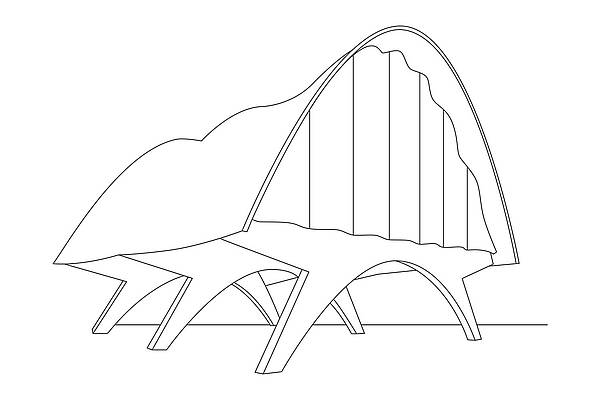
He married, took on Mexican citizenship in 1941, and began to work as an architect. For almost a decade, he mostly designed residential buildings and hotels, but his interest in thin-shelled structures never left him. At the end of the 1940s, Candela began to replicate the structures, and to experiment with them. The hyperbolic paraboloid, or hypar roof, held a particular fascination for him. It is attractive and elegant, the formwork can be manufactured from unbent wood, and its realization requires only a thin layer of concrete, which saves material and thus costs. Candela perfected his shells to the point that they each measured less than two inches at their thinnest point.
Eventually, he had acquired enough experience to produce the first of his own designs. During the construction of the Pabellón de Rayos Cósmicos at the University of Mexico City, Candela was contracted for the roof structure. The architect proposed a simple curved roof; Candela developed the idea further and argued for a double hypar roof. His proposal was accepted.
The hyperbolic paraboloid, or hypar roof held a particular fascination for Candela. It is attractive and elegant, the formwork can be manufactured from unbent wood, and its realization requires only a thin layer of concrete, which saves material and thus costs.
The hypar roof became Candela’s trademark. »His bread-and-butter structure was the canopy roof,« says Maria Garlock, Professor of Civil and Environmental Engineering at Princeton. Garlock can list a series of industrial structures in Mexico City for which Candela created variants on the canopy roof: for the Rios factory hall, he combined a number of adjacent canopies with slightly offset heights, so that he could integrate skylight windows. An alternative design involved perforating the canopies and installing glass elements, in order to allow sufficient light into the large-scale halls, such as at the Highlife textile factory. For the church »Iglesia de la Medalla Milgrosa«, he worked with an asymmetrical canopy, which instead of four equally sized elements uses two short ones and two long ones. He angled the canopy to the side, so that the short side rested on the ground, and lifted it precisely in the middle of the short side, creating a triangle. By building an identical canopy opposite, resting on the long side, and repeating this design a number of times, he created the central nave of the church, and an exceptionally beautiful building.
An oceanarium as final design
The Los Manantiales restaurant in Xochimilco, a southeastern district of Mexico City, is considered one of his masterpieces. For this design, Candela crossed four truncated hypar roof shells, so that viewed from above they look like the arching petals of a flower. Although the entire structure is curved, the formwork was produced exclusively from straight wood. He started with a V-shaped structure that was reinforced with steel towards the ground, in order to distribute the weight. The formwork was applied to the V-structure plank by plank, and then the steel mesh was laid on top and the concrete poured. After the scaffolding and formwork were dismantled, a majestically curved structure rose before the eyes of the onlooker. Candela himself considered Los Manantiales one of his personal favorites.
At the end of the 1950s, he accepted a teaching position in the faculty of Architecture at the Universidad Nacional Autónoma de México, which increasingly kept him away from active construction projects. In 1971 he moved to the USA, where from 1978 he taught at the University of Chicago.
His last big design, the L’Oceanogràfic in Valencia, Spain, is strongly reminiscent of his favorite project Los Manantiales. The complex is part of the »City of Arts and Sciences«, which was created in collaboration with the Spanish architect Santiago Calatrava, and which became the modern landmark of the Spanish city. The oceanarium demonstrated Candela’s visionary work one final and impressive time. He died on December 7, 1997, in Durham, North Carolina. L’Oceanogràfic was completed after his death, and thus became his posthumous monument.
Project details
Project
L‘Oceanogràfic
Location
Valencia, Spain
Architects
Félix Candlea, Santiago Calatrava
Photos
HAKEBRY1, David Iliff
Illustration
Carsten Nierobisch
